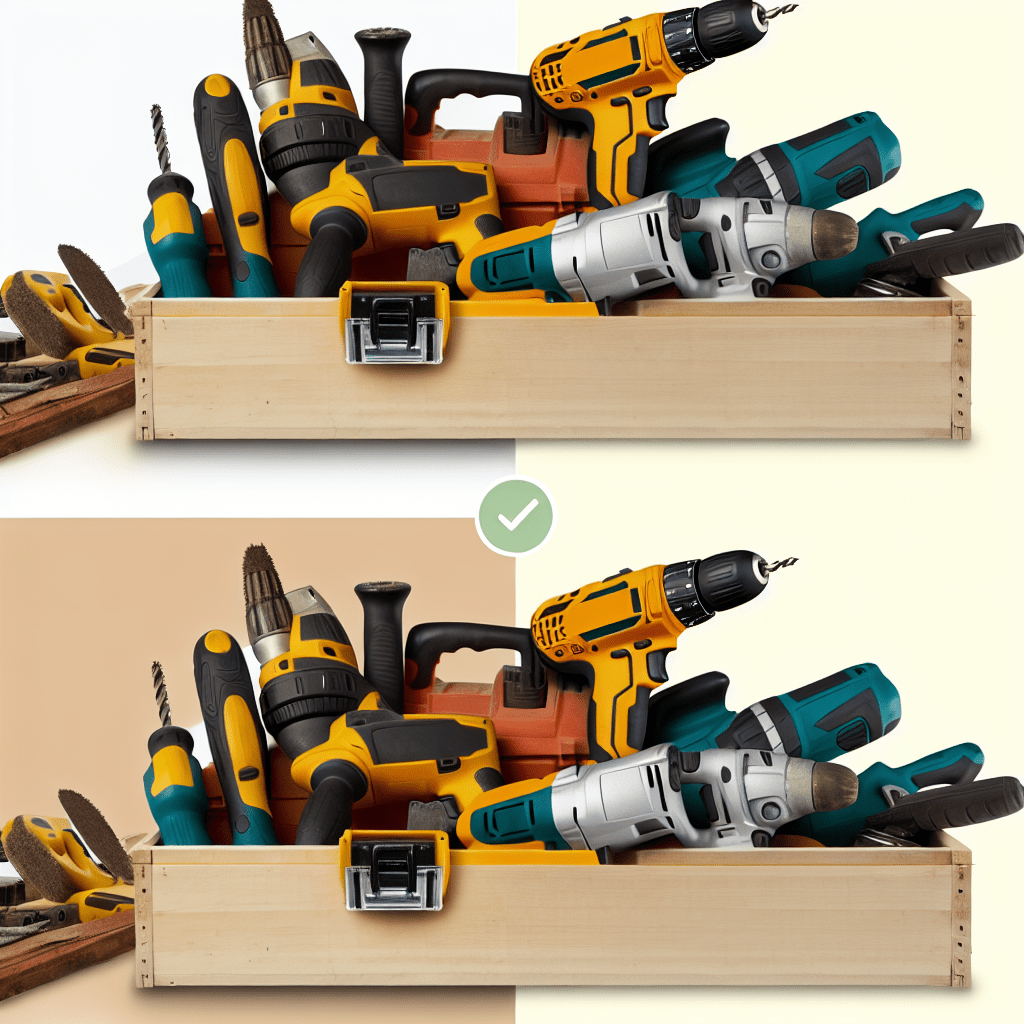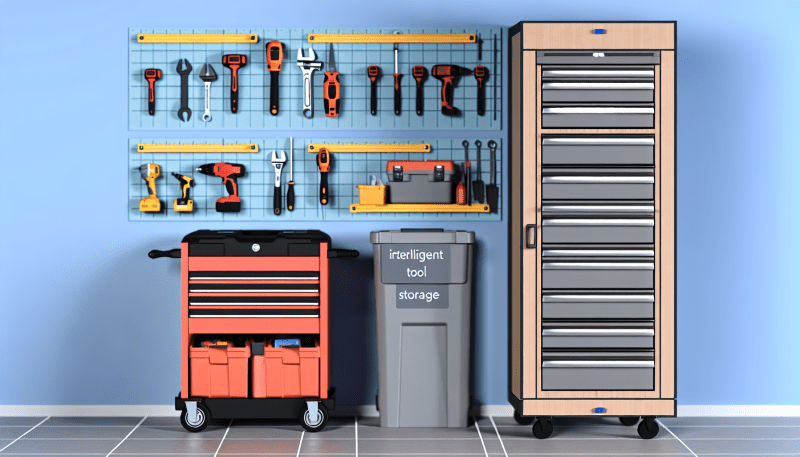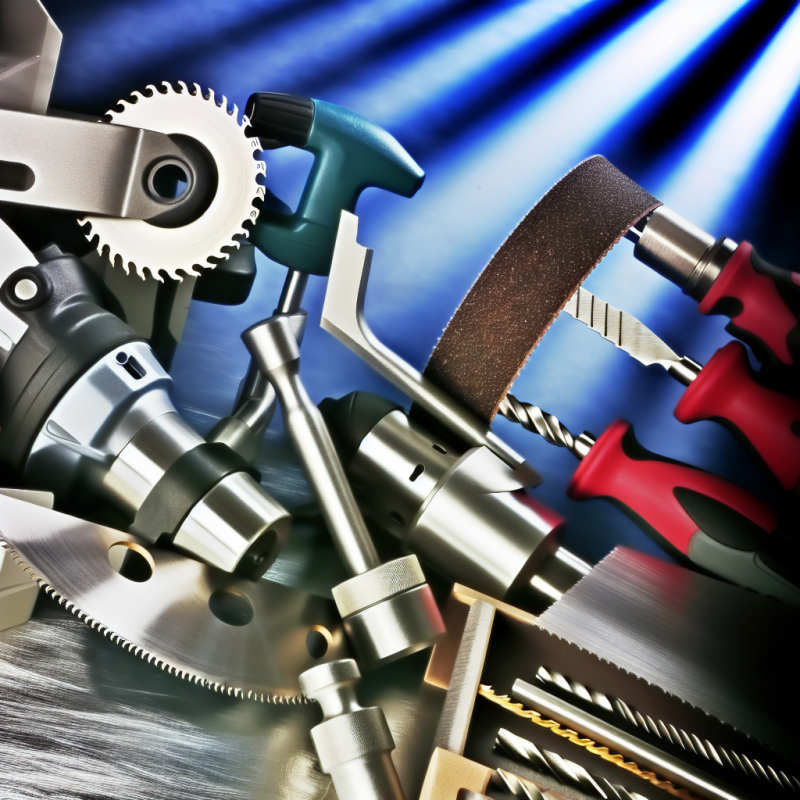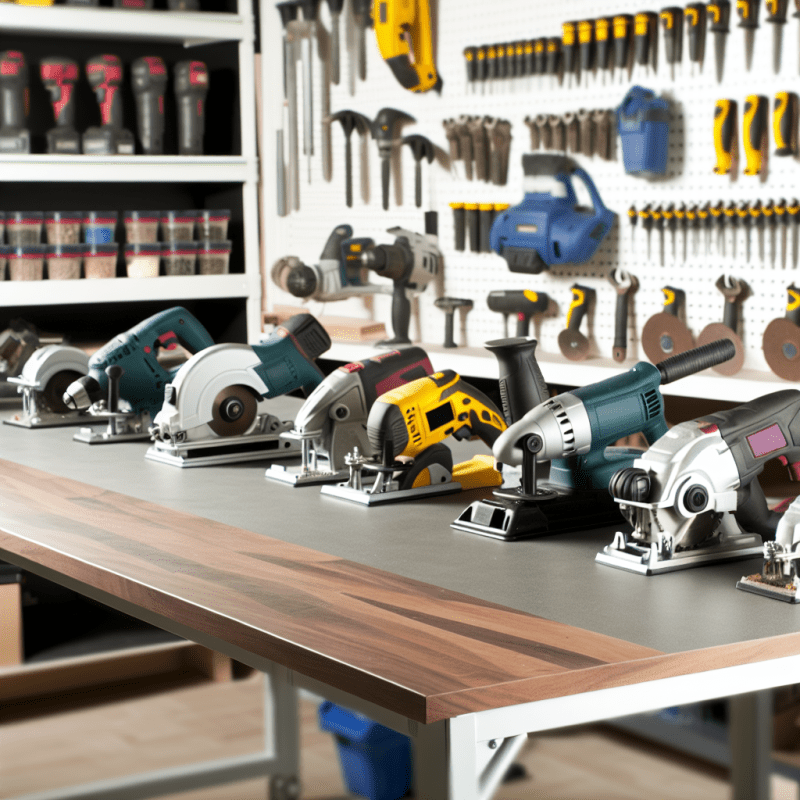Power tools are the backbone of any DIY project or professional job site, but with so many different types available, it can be overwhelming to choose the right one for your needs. Understanding the various categories of power tools can simplify the decision-making process, making it easier for you to select the right tool for your tasks. Power tools generally fall into three main categories: stationary tools, portable tools, and handheld tools.
Stationary tools are designed to stay in one place during operation. These tools, like table saws and drill presses, are typically used in workshops and are perfect for precise cuts and tasks that require stability. Because they are larger and often more powerful, they can handle specific jobs more efficiently. If you're setting up a dedicated workspace, investing in stationary tools can significantly enhance your project capabilities.
Portable tools, as the name suggests, are easy to move around and can be used in various locations. These tools include drills, impact drivers, and saws that you can transport to wherever your project is taking place. Portable tools are extremely versatile, making them perfect for on-site work or small home projects. Their lightweight design and rechargeable batteries often allow you to work without being tethered to an outlet.
Handheld tools are the most accessible types of power tools, designed for one-handed operation and ease of use. Examples include orbital sanders, jigsaws, and reciprocating saws. Handheld tools are ideal for detailed work and smaller tasks, where precision and maneuverability are key. They are especially popular among hobbyists and those who enjoy home improvement projects, as they are generally user-friendly and require minimal setup.
Key Features of Each Tool Type
When it comes to power tools, understanding the different types available can significantly enhance your DIY projects or professional work. Each tool type boasts unique features designed to perform specific tasks efficiently. Let’s explore some of the key features of the most common power tool categories.
Drills: Drills are versatile tools essential for anyone looking to make holes in various materials like wood, metal, or plastic. The primary feature of a drill is its rotating drill bit, which can be easily swapped out for different sizes and types. Many modern drills come with adjustable speed settings, allowing you to control the power depending on the material you’re working with. Cordless drills add even more convenience by providing flexibility without the hassle of cords, making them ideal for working in tight spaces or on the go.
Saws: Saws are vital for cutting materials into desired shapes and sizes. Among the key features of saws is their blade type and size, which vary based on the specific cutting requirements. For example, circular saws are excellent for making straight cuts in wood, while jigsaws allow for intricate curved cuts. Additionally, features like adjustable cutting depth and blade speed can be crucial, depending on whether you’re working with thick lumber or delicate materials.
Sanders: Sanders are designed to smooth surfaces and prepare them for finishing. Key features of sanders include their type, such as orbital sanders for a swirl-free finish or belt sanders for rapid material removal. Many sanders also come equipped with dust collection systems, helping to manage debris and maintain a cleaner workspace. Variable speed settings are another essential feature, giving you control over the intensity of the sanding, which is particularly useful for different surfaces and finishes.
Grinders: Grinders are powerful tools perfect for metalworking, masonry, and even sharpening edges. A critical feature of grinders is their disc type, which can range from grinding to cutting to polishing. Features like adjustable guard positions and safety shut-offs enhance protection during operation. Furthermore, having a variable speed setting is beneficial for adapting to different materials and tasks, ensuring your work is efficient and precise.
Choosing the Right Tool for Projects
When embarking on a new project, selecting the right power tool can make all the difference between a job well done and a frustrating experience. With a myriad of options available, it's essential to consider several factors before making your choice. Start by assessing the type of work you need to accomplish. Are you cutting, drilling, sanding, or perhaps shaping materials? Identifying the specific tasks will help narrow down your choices and guide you toward the right tool for the job.
Next, think about the materials you'll be working with. Different power tools are designed to handle specific materials, whether it’s wood, metal, or plastic. For instance, a circular saw might be ideal for cutting wood, while a metal-cutting band saw would be better for steel. Additionally, consider the thickness and hardness of the materials involved. Selecting a tool that is easily compatible with your materials can save time, enhance safety, and yield better results.
Portability and power source are also critical factors to take into account. Will you be working in a fixed workshop, or do you need tools that are lightweight and cordless for mobility? Many modern power tools offer battery options, but it’s vital to ensure that the battery life meets your project’s demands. Similarly, if a tool is designed to be plugged in, check for an adequate power supply at your work location.
Finally, consider your own level of experience and comfort with specific tools. Some power tools require more finesse and skill than others, so it might be wise to choose tools that match your proficiency level. If you're a beginner, starting with simpler, user-friendly tools can build your confidence before tackling more complex equipment. Reading reviews and seeking advice from more experienced users can also help you make a more informed decision.
Safety Tips for Using Power Tools
Using power tools can be a rewarding experience, but safety should always come first. Before you even plug in that drill or fire up the table saw, it's crucial to understand some basic safety tips. Always wear the appropriate protective gear: safety glasses, gloves, and ear protection are a must. This gear can protect you from potential hazards like flying debris, noise, and sharp edges.
Proper tool handling is just as important. Read the manufacturer’s instructions carefully before using any power tool. Ensure you are familiar with its components and functions. Always maintain a firm grip, and never operate tools with wet hands or while standing on unstable surfaces. Remember, distractions can lead to accidents, so keep your work area clear and focused.
Regular maintenance of your power tools is essential for safe operation. Check for any signs of wear or damage before using them. Ensure blades are sharp and in good condition, as dull tools can slip and cause injuries. Store your tools properly when not in use and ensure they are unplugged to prevent accidental activation.
Finally, if you’re unsure about how to use a particular tool, don’t hesitate to ask someone more experienced or seek out instructional resources. There’s no shame in wanting to learn the right way to use your tools safely. Taking the time to familiarize yourself with power tools can help you avoid accidents and make your projects more enjoyable.



